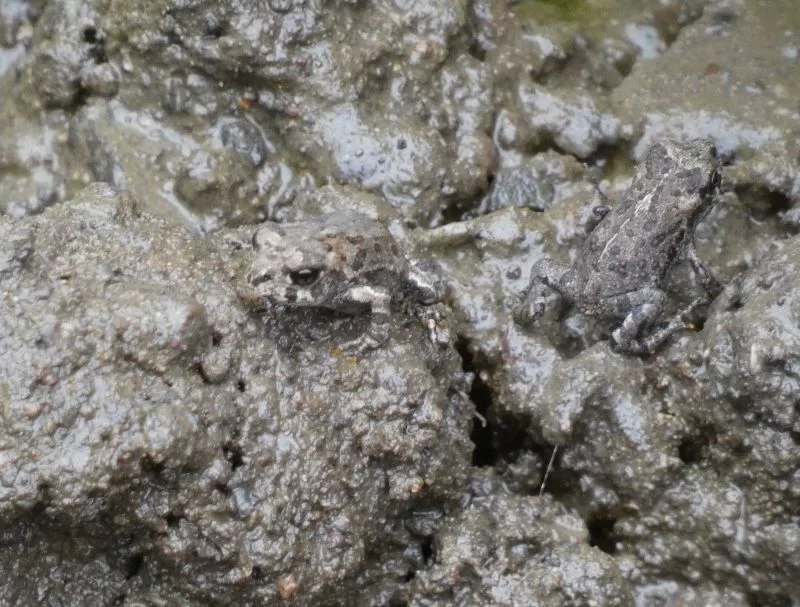
Suzanne Guldimann is the editor of the Topanga New Times, and also TNT’s resident naturalist. She was recently asked to give a talk on being a naturalist for the Topanga and Malibu Creek State Park docents. This article grew out of that presentation.
“When I hear you give your reasons,” I remarked, “the thing always appears to me to be so ridiculously simple that I could easily do it myself, though at each successive instance of your reasoning, I am baffled until you explain your process. And yet I believe that my eyes are as good as yours.”
“Quite so,” Sherlock Holmes answered. “You see, but you do not observe. The distinction is clear. For example, you have frequently seen the steps which lead up from the hall to this room.”
“Frequently.”
“How often?”
“Well, some hundreds of times.”
“Then how many are there?”
“How many? I don’t know.”
“You have not observed, and yet you have seen. That is just my point. Now, I know that there are seventeen steps, because I have both seen and observed.”
—Arthur Conan Doyle, “A Scandal in Bohemia”
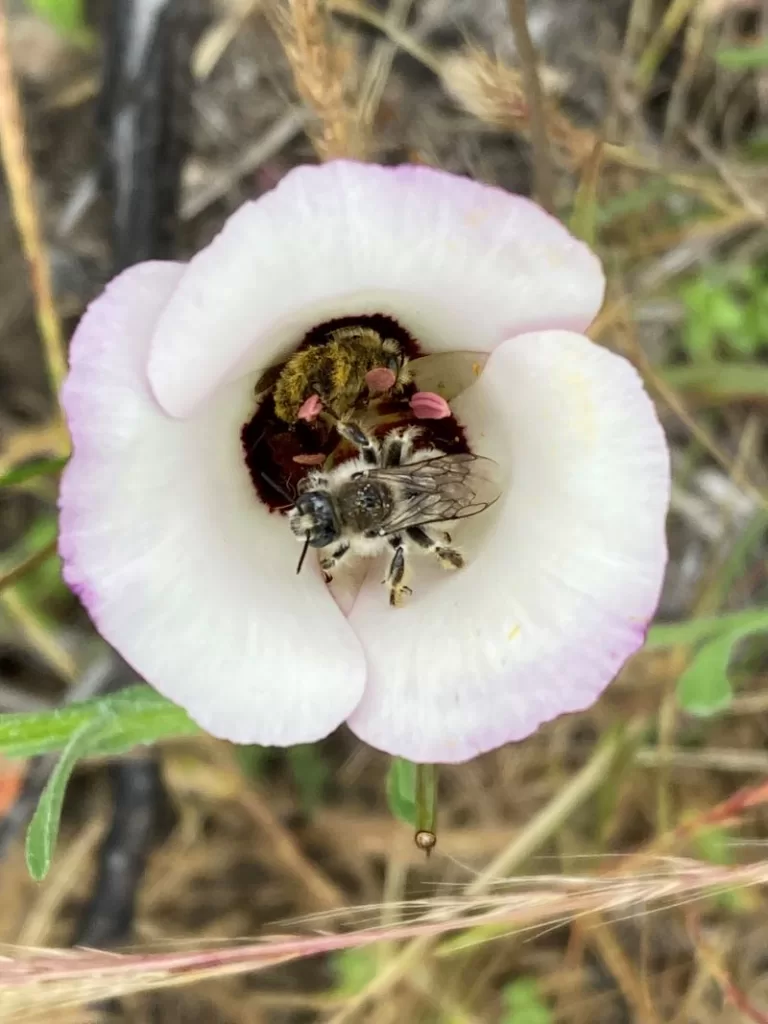
Sherlock Holmes was concerned with crime and didn’t care much for nature for its own sake, but he would have been a great naturalist. His creator, Arthur Conan Doyle, endowed him with not only the gift of observation but the ability to put the pieces of what he observed together to form a narrative.
Being a naturalist involves more than just seeing, it requires observation, imagination, detection, and storytelling. Everywhere around us there are stories unfolding, mysteries to solve: whether it’s the miniature drama involving the spider in the corner of the bathroom, or a grand drama of predator and prey recorded in the dust on the trail, nature is the author of an infinitely engaging chronicle that goes on around us whether we observe it or not. Learning to read some of that narrative is rewarding and filled with surprises.
A lot of advice on observing nature is daunting and involves lengthy lists of equipment: thermometers and binoculars, cameras, notebooks and pencils, tweezers, magnifying glasses, and—more recently—smartphone apps. All of those things can be helpful, but the essential things are time, opportunity, and curiosity. “Being in possession of all the answers holds no appeal at all, but owning a good pocketful of unanswered questions is to me like bread to the starving,” writes naturalist Cathy Johnson, in her book On Becoming Lost: A Naturalist’s Search for Meaning.
Just like in a mystery story, unanswered questions are the starting point for nature observations. “Who, what, when, where, why and how” are as important to the narrative of the natural world as they are to any police procedural. Location, weather, temperature, time of day, and the season of the year can provide clues to what one is observing, and so can weeds, seeds, insects, spider webs, scat, footprints, bird or insect song. Even the smallest things have the potential to tell us a lot about the story unfolding around us. Something as simple as the footprints of hikers in the dust of the trail can take on new significance if the observer knows the hikers passed them just a minute ago, and the prints have already been crossed by the distinctive marks left by a rattlesnake. That’s not only interesting, it could be an important warning that the snake is still nearby.
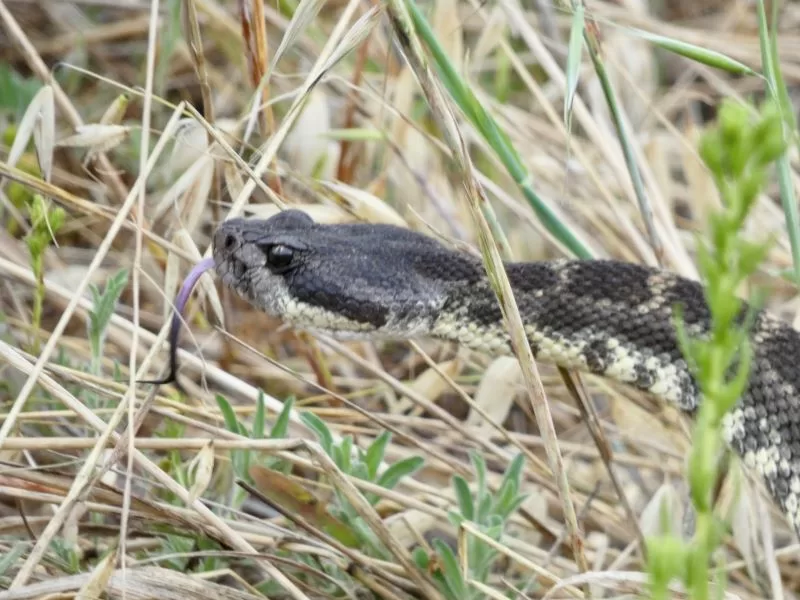
When it is possible, documenting observations with a camera or phone, or taking a moment to make a sketch can be a tremendous aid to fixing the moment in memory and identifying unknown species later, but it isn’t necessary, and there are many times when making a record of any kind is impossible. Often, we only intersect with what we are observing for a moment: a bat zipping by in the dusk in a garden; a flash of blue feathers in the bushes by the side of the trail; an unexpected patch of neon-yellow flowers blooming on a bluff high above the road.
We can only guess in those instances, but by asking the right questions, there’s a good chance that it will be an educated guess, and even an unanswered question can provide insight. The memory of where and when one saw that flash of blue feathers, or that clump of yellow flowers, may help the next time one encounters something similar. A naturalist friend likes the question “what does this remind me of?”
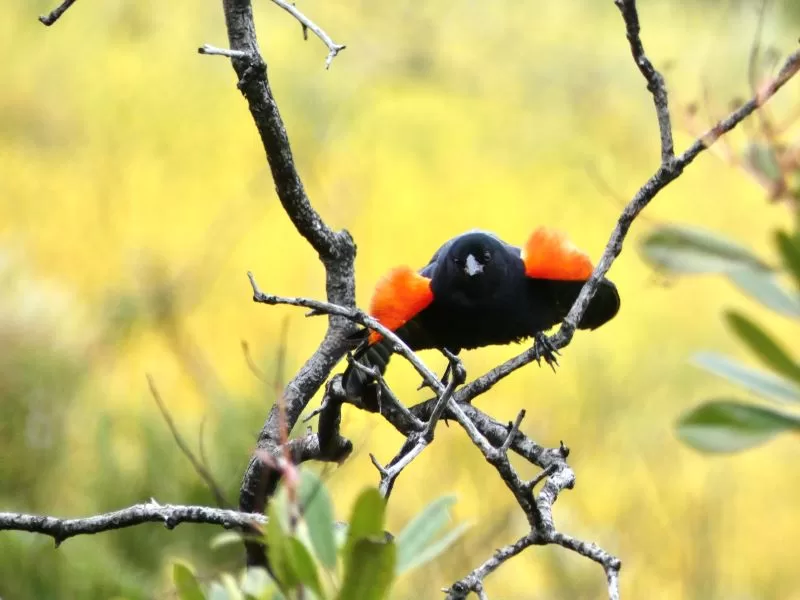
An encounter with an unknown bird, plant, insect, or even an odd bit of zooplankton on the beach can be just the start of an adventure that sends the observer down the rabbit hole in search of answers. Apps like iNaturalist and the Cornell Bird Lab’s Merlin can be handy for making field identifications, and they are constantly improving, but even the best apps can be unreliable. Field guides remain a more dependable option for making an ID, and there are good online resources as well. For plants, Calflora.org is a valuable resource; for insects, whatsthatbug.com. The Monterey Bay Aquarium’s website is a good starting place for marine organisms, and the National Park Service website for the Santa Monica Mountains National Recreation Area—nps.gov/samo—has a useful checklist for many animal species.
Asking an expert is a good option, too, but it’s important to ask the right one. Ask a marine biologist about that neat round piece of shell with the hole drilled in the middle of it and he’ll tell you it was made by a clam borer. Ask an archeologist, and she’ll ID it as a Chumash bead, cut from shell and carefully drilled by a human craftsperson. In this instance, the biologist was wrong and the archeologist was right, but it is up to the naturalist to learn enough to ask the right questions —to observe, and not just see.
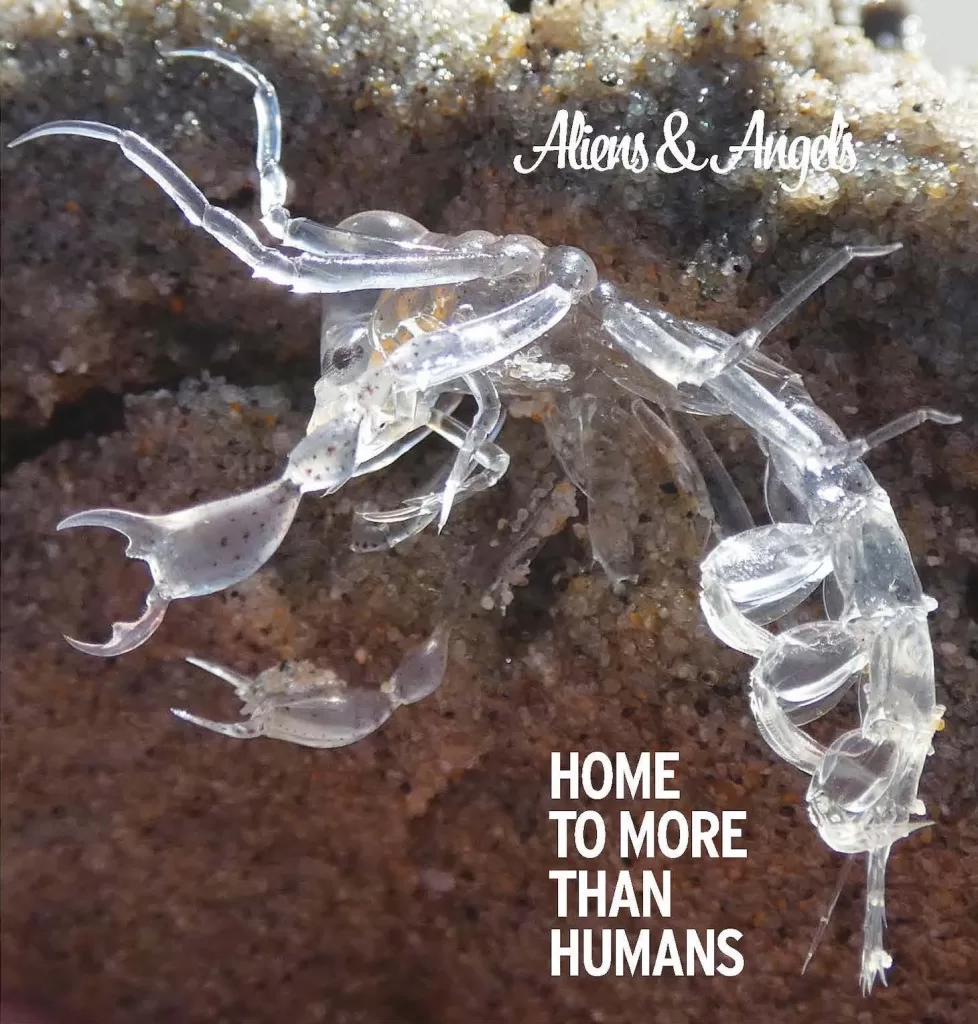
Chance encounters with the natural world have inspired some of our most popular Discover features here at Topanga New Times. We’ve looked at zooplankton, wasps, weeds, toads, and the piddock clam—architect of the neat round holes one finds in stones at the beach. Each of those stories started with a question: “what is this?”
Curiosity is important, but so is acknowledging that what we learn is only a tiny fraction of all there is to know. A good naturalist makes mistakes, but learns from them. A mindful naturalist remembers that we have the luxury of time to observe nature, but that the nature we observe is in the middle of a life and death struggle for survival. When we go into the field to observe, we are part of the landscape, the unfolding drama, too. It is up to us to make certain that our interactions with wildlife are as brief as possible, that we leave no trace, take only photos, and do no harm.
The shadow of any man is but for a time cast upon the grass of any field. What remains is the earth, the mother of life…” —Henry Beston, The Northern Farm
A Few Good Books
These are East Coast authors, but they all offer excellent insight in how to be a naturalist.
Reading the Forested Landscape: A Natural History of New England by Tom Wessels, Brian D. Cohen, et al. This book is about New England but offers invaluable insights for all naturalists, especially on how human activity impacts the landscape.
The Outermost House: A Year of Life On The Great Beach of Cape Cod by Henry Beston. This is a classic and for good reasons. Beston was a brilliant writer, and had a gift of describing his observations in fascinating detail. Reading the Outermost House is a painless introduction to every aspect of being a naturalist.
A Naturalist at Large: The Best Essays of Bernd Heinrich. All of Heinrich’s books are excellent. He is a master naturalist, interested in all aspects of life in the Maine woods where he lived for years in a small cabin he built himself, in addition to being a scientific researcher. His research into the intelligence of Ravens, squirrels, and songbirds including the tree swallow is based on extensive observation in the wild, and his writing is beautiful and inspiring. The Local Wilderness, Observing Neighborhood Nature Through an Artist’s Eye, by Cathy Johnson. Practical advice on the art of observation that focuses on backyard wildlife.












